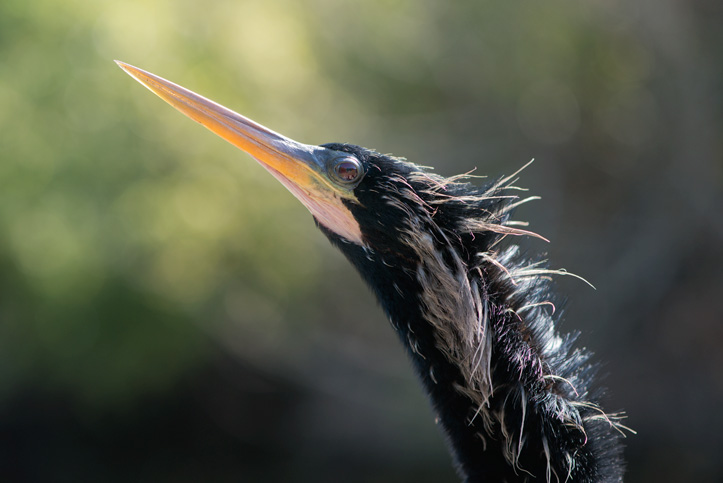I did some quick and unscientific comparing of different ways to transfer photos from my Nikon D800 camera to my PC. I also looked at the D800’s internal copying versus copying with a card reader.
Setup
Setup1: The Nikon D800 camera is used as the card reader and connected directly via cable to different USB ports on the computer including the multicard reader’s own USB3 port.
Setup 2: Using the Icy Box IB-865 card reader directly.
Transfer: Copying 291 photos (12GB) from the memory card to the PC’s hard drive (SSD):
Results
Transfer from the SDHC card
card reader connected to time
Nikon D800 PC USB2 front 10m 48s
Nikon D800 PC USB3 front r 4m 44s
Nikon D800 PC USB3 back 4m 11s
Nikon D800 PC USB3 front l 3m 48s
Nikon D800 PC USB3 Icy Box 4m 00s
Raidsonic Icy Box 2m 34s
Transfer from the CF card
card reader connected to time
Nikon D800 PC USB3 Icy Box 4m 27s
Raidsonic Icy Box 2m 22s
Direct copy from SD card to CF card
Nikon D800 Nikon D800 8m 00s
Raidsonic Icy Box Icy Box 6m 28s
The clear winner is the multi card reader connected to the internal USB3 port on the motherboard. Transfer is almost 5 times faster than the slowest connection via USB2.
Technical Details
Desktop PC:
Processor: Intel Core i7-2600K, 3.4GHz
Memory (RAM): 16GB
Motherboard: ASUS P8P67 Deluxe
System OS: Windows 7 Professional 64bit
Harddrive: Crucial SSD C300 128GB SATA 6GB/s
Camera: Nikon D800
Storage media:
SanDisk Extreme Pro SDHC 16 GB 95MB/s
SanDisk Extreme Pro Compact Flash 90MB/s 32 GB
Card reader:
Raidsonic Icy Box IB-865 USB3 Multi Card Reader hooked up to the motherboard’s internal USB3 20pin connector replacing the ASUS frontpanel USB3 ports.




